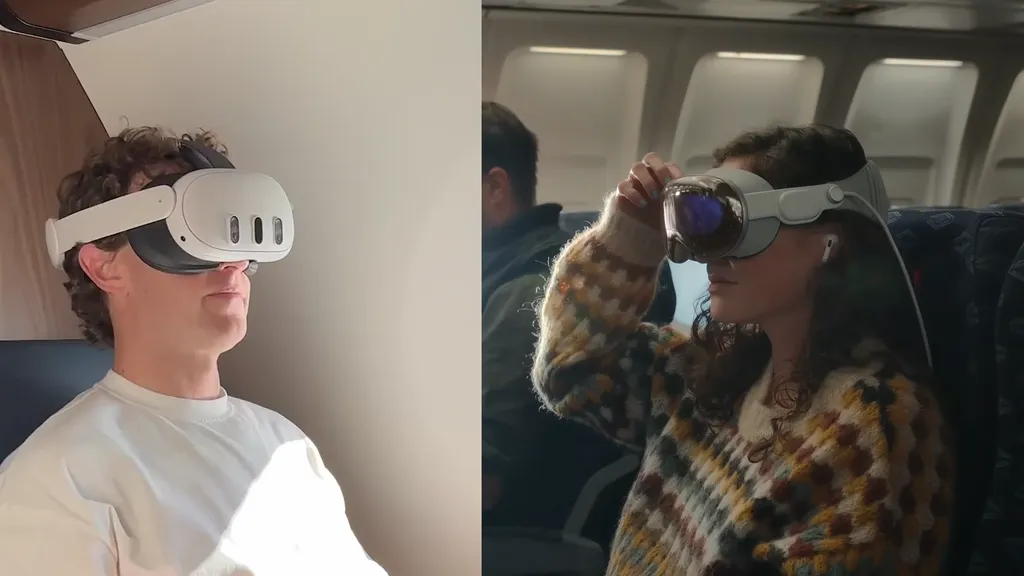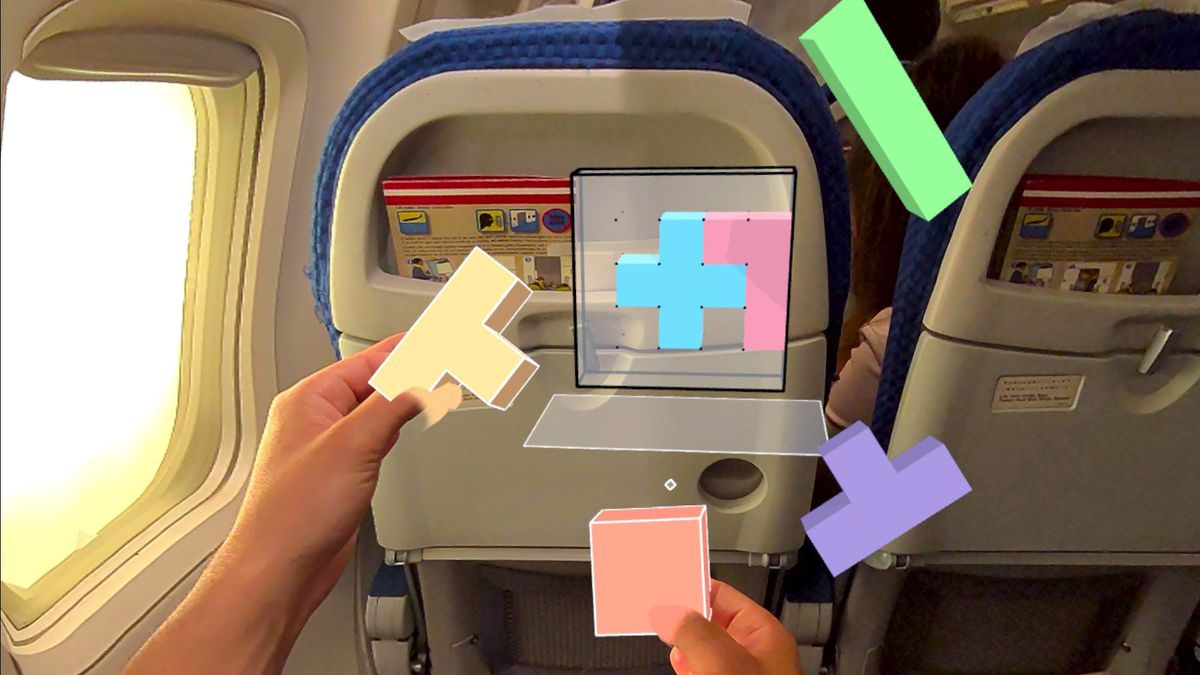The arrival of reliable high-speed internet on airline flights will be transformative for standalone headsets.
If you didn't catch the news, United Airlines announced today that it will install SpaceX's Starlink internet service on all of its aircraft to deliver free high-speed low-latency Wi-Fi for all its passengers, starting in late 2025.
Any time I've flown to and from the US I've experienced just how bad geostationary satellite internet is. These legacy satellites are in such a high orbit they have noticeable latency for real-time use cases like gaming and calls, and serve so many clients per satellite that they offer low bandwidth to each. Worse, they're unreliable, with frequent dropouts throughout the flight. After 8-12 hours of trying to get work done in these conditions, I'm usually far off track by the time I land.
One of Apple's core pitches for Vision Pro is to give you a personal 4K HDR cinema screen anywhere you go, including on airplanes. This is possible on flights today because platforms like Apple TV, Disney+, and Prime Video support on-device downloads on visionOS for offline viewing. Simply choose your movies and TV shows in advance and they'll be ready to go on your flight.
But notably, Netflix doesn't. And the app store of the seven times cheaper Meta Quest 3 doesn't have any of these streaming platforms, meaning there's no official way to download movies and TV shows for a flight at all. It's a limitation that currently severely limits the real-world utility of the Travel Mode Horizon OS got in May.
But Starlink is poised to change this. In contrast to legacy satellite internet, Starlink has far more satellites orbiting at a far lower orbit. Almost anywhere on Earth, it can provide the same kind of latency and bandwidth you get at home. It's a transformative technology that changes the global dynamics of internet access.
On a flight with Starlink, you should be able to simply open the web browser on your headset and access Netflix or Disney+ as you would at home, streaming whatever you want. You should also be able to stream Apple Immersive Video content on your Vision Pro. Early tests suggest you could even stream Xbox Cloud Gaming or GeForce Now by bringing along a gamepad.
Using a headset on a flight gives you a better movie watching experience than even first-class passengers - an enormous (and entirely private) virtual screen lightyears ahead of the tiny dim LCD built into the back of the seat in front of you. And with Starlink, this personal cinema screen will play whatever you want, not limited to what you've downloaded or painstakingly sideloaded.
The biggest drawback today, of course, is the weight and discomfort of these headsets, as well as the off-putting aesthetic of some like Quest 3. But with Apple reportedly planning a lighter and cheaper Vision headset for next year and Meta reportedly working on a sleeker Quest 4 for 2026 and ultralight glasses-like headset for 2027, by the time Starlink is widespread it could be normal to see swathes of passengers on long-distance flights donning these headsets, a core use case for VR and mixed reality.
































